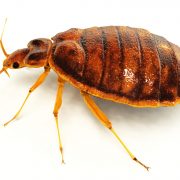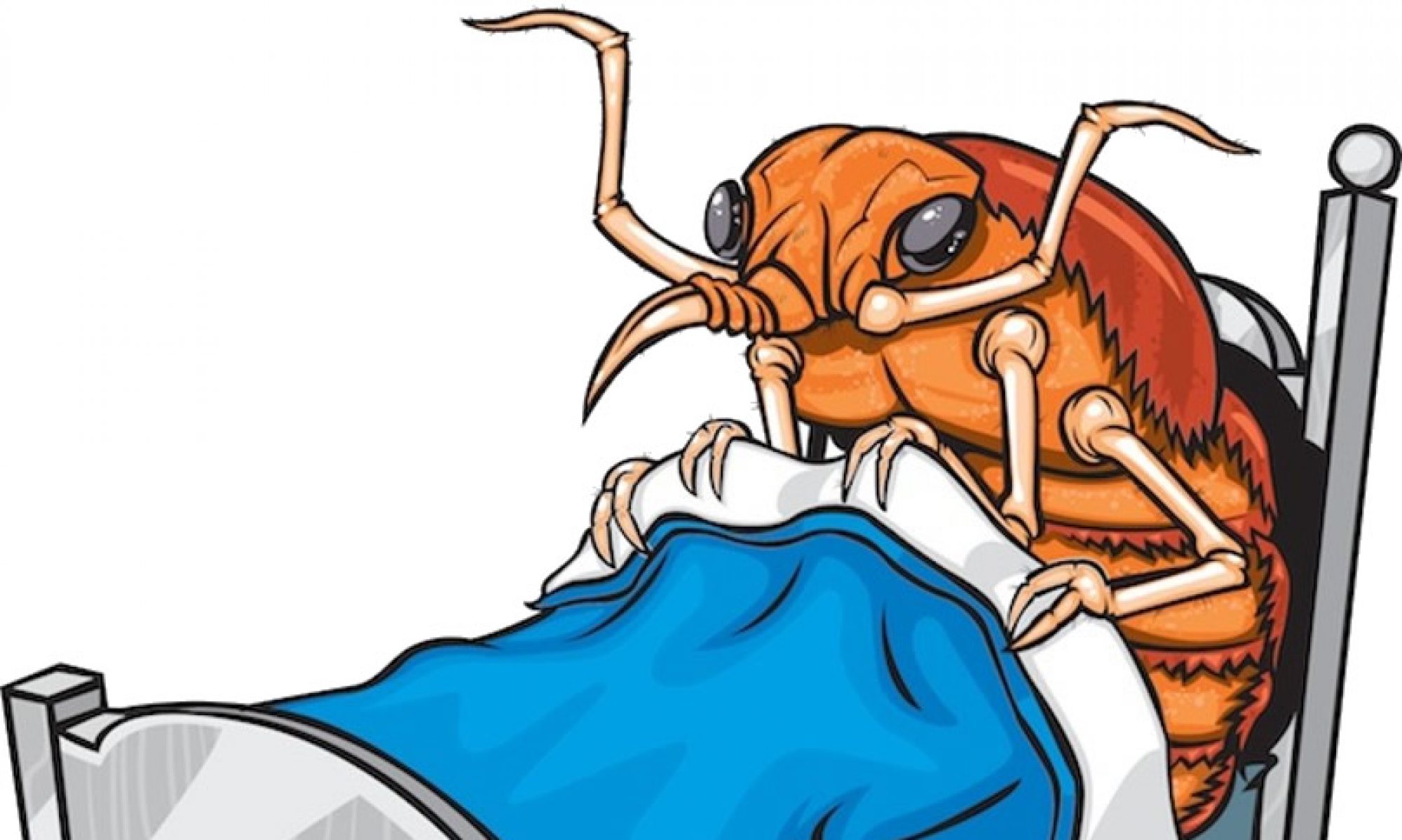 In the past 10 years, bed bugs have begun making a comeback across the United States. Their diet consists only of blood. Bed Bugs feed like mosquitoes by extracting blood from their meal source whether it is humans, animals or birds. They are totally incapable of eating food like
In the past 10 years, bed bugs have begun making a comeback across the United States. Their diet consists only of blood. Bed Bugs feed like mosquitoes by extracting blood from their meal source whether it is humans, animals or birds. They are totally incapable of eating food like
other insects or mammals. Ant and roach baits have no impact. Aerosol bombs for fleas or other insects don’t work either other than making the bugs scatter to different areas of the same room or to adjacent rooms. International travel and commerce have facilitated the spread of these insect hitchhikers that have been found on airplanes, ships, trains and buses.
Bed bugs are most frequently found in dwellings with a high rate of occupant turnover. Hotels and motels certainly fall into that category along with college dormitories and apartment complexes to just mention a few.
Eradicating bed bugs is more difficult and more costly than dealing with other types of pests. Residents inadvertently bring bed bugs home with them when they go away for vacation and/or business. Moving from one apartment community to another can also help spread the problem. Traditional pest control methods, which emphasize the routine application of pesticides often
ignore the root causes of infestations, allowing bed bug populations to persist.
 Effective management and treatment involves the commitment of both the resident and landlord. An Integrated Pest Management Plan promotes the prevention of infestation through education, inspection, and other preventative measures. Consistent information to both landlord and tenant, early detection, and application of treatment to targeted sites, will help prevent spreading the problem, make for happier tenants and a better “bottom line.”
Effective management and treatment involves the commitment of both the resident and landlord. An Integrated Pest Management Plan promotes the prevention of infestation through education, inspection, and other preventative measures. Consistent information to both landlord and tenant, early detection, and application of treatment to targeted sites, will help prevent spreading the problem, make for happier tenants and a better “bottom line.”

